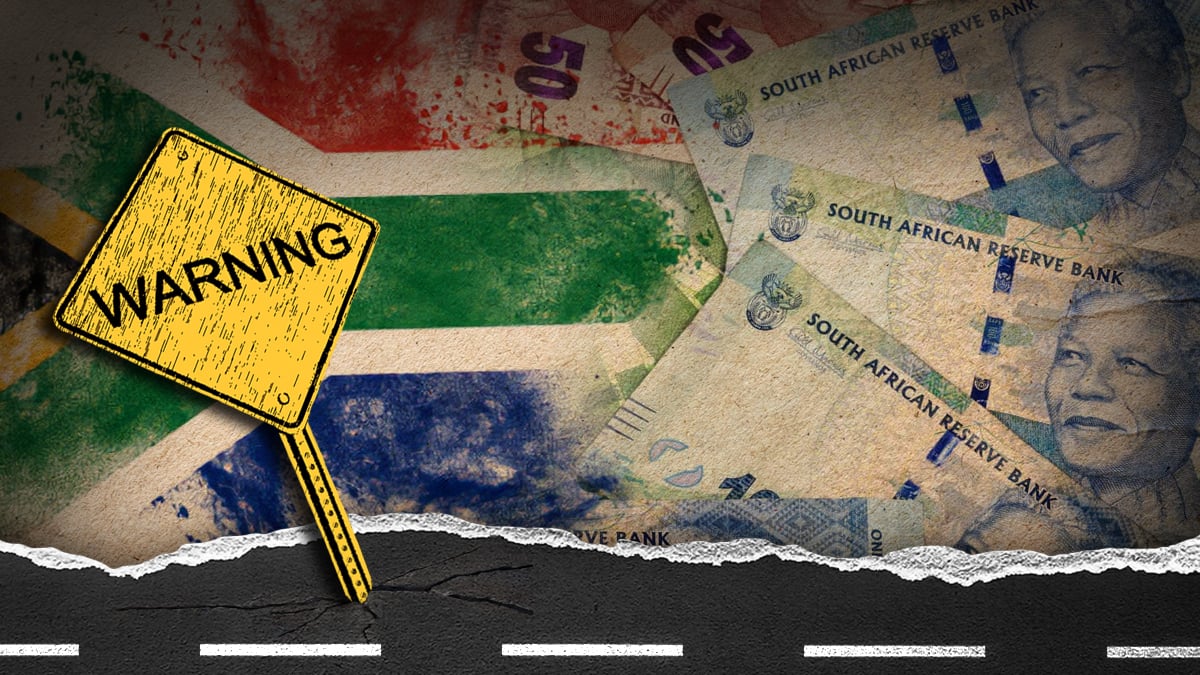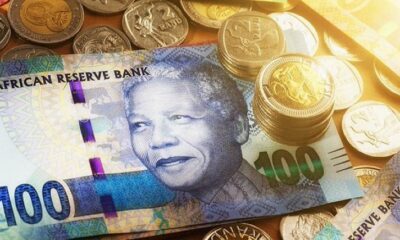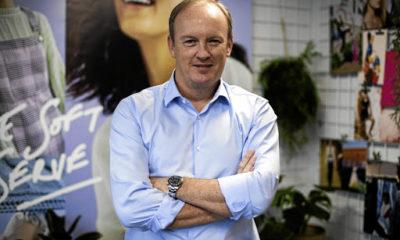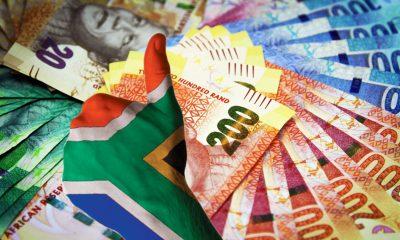Business
South Africa’s middle class faces mounting pressure as confidence sinks

Confidence takes another knock
South Africa’s middle class is under growing strain, with the latest Consumer Confidence Index (CCI) revealing a sharp drop in sentiment. Compiled by the Bureau for Economic Research (BER) and FNB, the index slipped to -13 in the third quarter of 2025, down from -10 earlier this year.
Although the figure is an improvement on the -20 reading at the start of the year, it remains far below the long-term average of -1 recorded since 1994. The decline highlights a country still grappling with economic pressure, despite a relatively stable national outlook.
Why the middle class is hurting
The biggest fall was seen among middle-income households earning between R5,000 and R20,000 a month. Confidence levels in this segment collapsed from -7 to -16. Researchers say this group is most exposed to rising costs and stagnant job creation. Unlike low-income earners, they do not benefit as directly from increased social support, and unlike wealthier households, they have fewer financial cushions to absorb economic shocks.
High-income households, by contrast, showed a slight improvement. The appreciation of the rand, stronger share prices on the JSE, and a modest interest rate cut gave affluent consumers some breathing room. Low-income households also reported better confidence, thanks to above-inflation increases in social grants, which softened the blow of rising food prices.
For the middle class, however, it is a perfect storm. Higher inflation, dwindling retirement payouts under the two-pot system, and limited job opportunities are weighing heavily on their outlook.
The bigger economic picture
South Africa’s economy has shown resilience this year, with GDP rising 0.8% in the second quarter and hopes for annual growth above 1%. Yet this remains below the rate of population growth, meaning the country is still getting poorer in real terms.
Consumer spending on durable goods, such as cars and appliances, remains subdued at -20 on the index. This reflects the hesitation many households feel about making long-term financial commitments in an uncertain climate.
The only sub-index showing positive numbers is household financial expectations, which came in at +3. This suggests some South Africans believe their finances could improve in the months ahead, although optimism has cooled since the second quarter’s +9.
Social and political context
The middle class has long been seen as the backbone of South Africa’s economy. It is also the group most vocal on social media and in civic life, amplifying frustrations about the cost of living, job stagnation, and government policy.
Earlier in the year, confidence was rattled by debates around potential VAT hikes, political disputes over the national budget, and strained diplomatic ties with the United States. While those factors have since faded, the latest numbers show that day-to-day economic realities continue to weigh on household confidence.
What lies ahead
Analysts warn that, without more decisive job creation and further rate cuts, rising food costs could erode middle-class spending power even further heading into the final quarter of 2025. For many households, that means cutting back, dipping into savings, or delaying big purchases.
The country may be edging away from the worst lows of consumer confidence, but for South Africa’s middle class, the cracks are becoming increasingly difficult to ignore.
Also read: Revolut Sets Sights On South Africa As Its First African Market
Follow Joburg ETC on Facebook, Twitter, TikT
For more News in Johannesburg, visit joburgetc.com
Source: Business Tech
Featured Image: Daily Investor



























